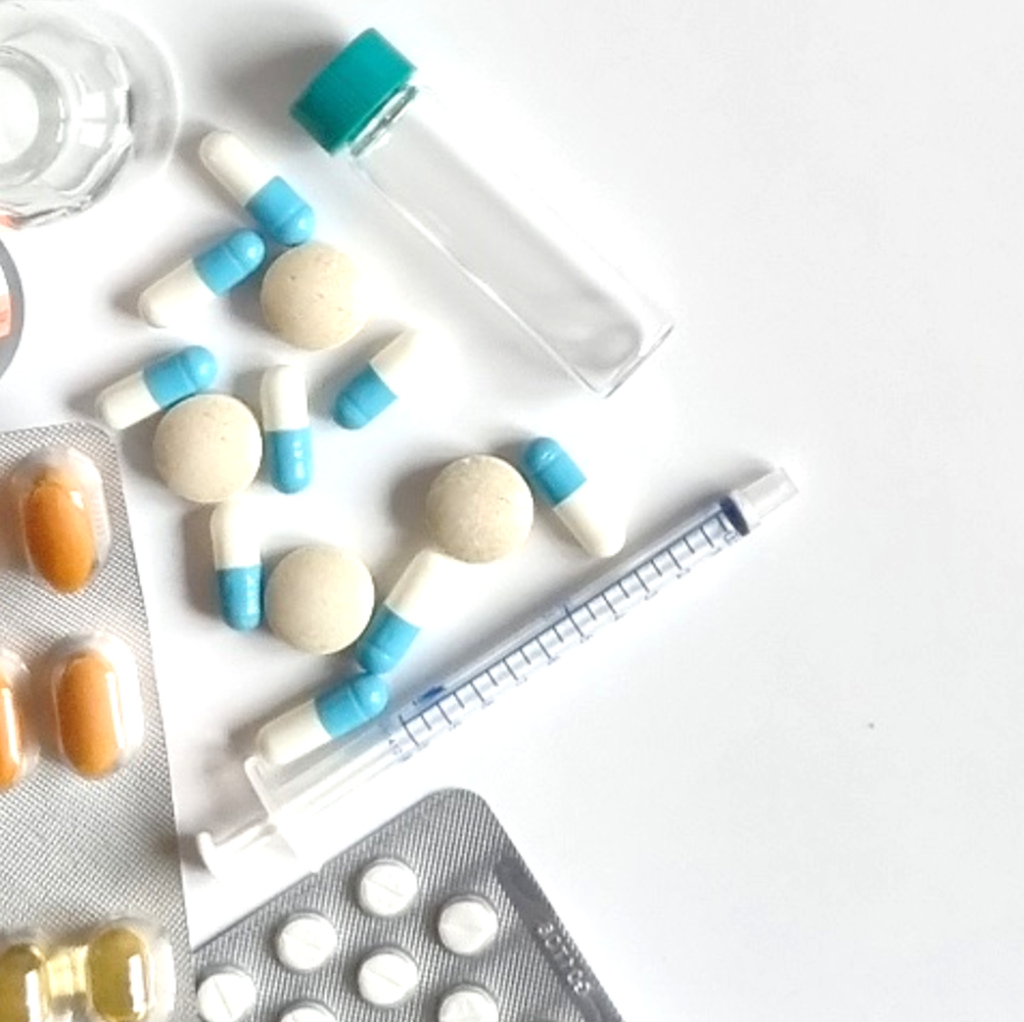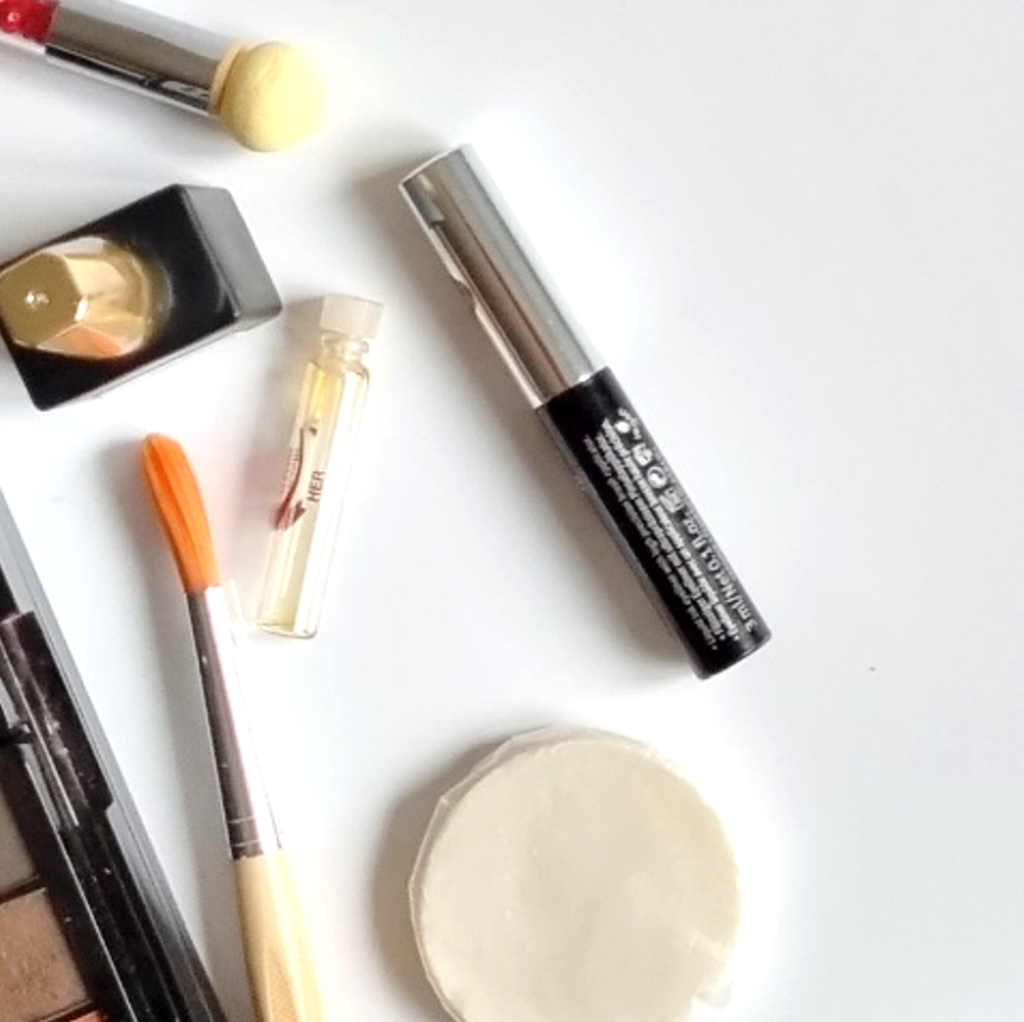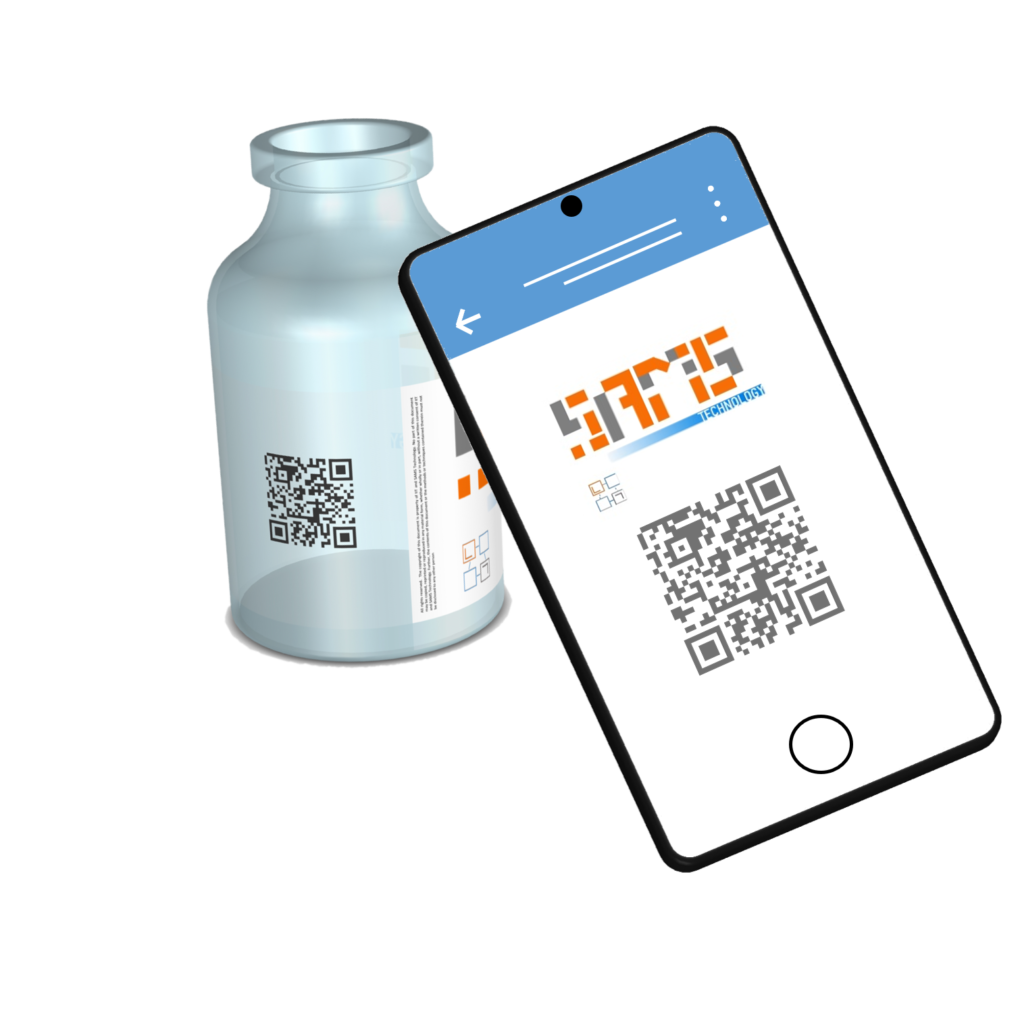Applications
Tracking primary packaging to solve problems in the pharmaceutical, food and cosmetics supply chain
the current situation
Batch Process
Nowadays, production is done in terms of batches but there is no control and differentiation on the individual product/batch component. This lack of information can have several negative consequences particularly in terms of counterfeiting and inefficiency in the production process. These problems are extremely complex and transversal across all the productive sectors we have identified.

Industrial Inefficiency
The absence of traceability during industrial production leads to several issues, including product mixing across various production stages such as filling, labeling, and during format or batch changes. Currently, there is no fully secure and automated system for line clearance and reconciliation. This lack of information during production problems results in the adoption of over-segregation and full batch write-off policies, where entire batches of products are eliminated. Consequently, even products suitable for commercialization may be discarded due to the inability to distinguish them clearly from affected products. Moreover, false problems often lead to the unnecessary rejection of products by vision algorithms and automatic inspection machines. Proper traceability and storage of analysis results linked closely with individual product identification could prevent these false rejects. According to McKinsey & Company the average Overall Equipment Efficiency (OEE) in pharmaceutical operations is 35%, manufacturers are not utilizing the maximum possible capacity of their assets. Therefore, increased control of production processes is needed.
Furthermore, the current recall procedure for removing unfit-for-sale products from the market is time-consuming and resource-intensive. Often, products unaffected by production issues are recalled unnecessarily. Complete traceability of individual products throughout all stages of industrial processes, from manufacturing to end-user, could substantially improve supply chains in the pharmaceutical, food and beverage, and cosmetics industries.

Counterfeit in Pharma
In the pharmaceutical sector, the counterfeit products infiltrate the market, particularly affecting developing nations where estimates suggest up to 30% of products may be counterfeit. This global issue is underscored by estimations placing the value of counterfeit pharmaceuticals between 200 and 430 billion USD dollars. The ramifications extend far beyond financial losses, with profound economic and social consequences.
Counterfeit medicines not only result in substantial revenue losses for pharmaceutical companies and their affiliates but also tarnish the reputation of authentic brands. Unwitting consumers, purchasing counterfeit products unknowingly, may perceive the affected brands negatively due to differences in performance between counterfeit and authentic medications.
Beyond financial implications, the presence of counterfeit pharmaceuticals exacerbates socio-economic disparities and public health crises. Job losses, reduced tax revenue for governments, and, most critically, the potential for illness and death among patients using counterfeit medications underscore the severity of this issue. Although it is difficult to objectively quantify precise figures, the World Health Organization (WHO) estimates that there are more than 100,000 deaths each year just considering counterfeit malaria drugs.

Counterfeit in Food&Beverage
The food industry faces a challenge similar to that of the pharmaceutical industry, with counterfeit ‘Made In Italy’ products alone reaching a staggering market value of over USD 120 billion globally. This issue extends beyond Italy, affecting numerous countries, particularly in Europe, where esteemed gastronomic delicacies are being counterfeited on a large scale.
Counterfeiting results in significant losses for companies and brands, both directly and indirectly, including damage to reputation. The social and health implications are equally grave: counterfeit food often lacks the correct nutrients, may contain toxic substances, or could be sold past its expiration date. The rise of online sales exacerbates the problem, making it harder to combat counterfeiting effectively.
The World Health Organization (WHO) estimates that the use of substandard food leads to an average loss of 33 million healthy life years (DALYs), highlighting the profound impact of counterfeit food on public health and well-being.

Counterfeit in Cosmetics
Counterfeiting within the cosmetics sector, while potentially posing less immediate health risks compared to counterfeit medicines or substandard food, still carries significant economic and socio-health ramifications.
According to the European Union Intellectual Property Office (EUIPO), counterfeit cosmetics result in substantial sales losses, amounting to EUR 3 billion, which accounts for approximately 4.8% of total sales within the industry. Additionally, the impact extends to employment, with an estimated loss of nearly 32,000 jobs in the EU cosmetics industry
Our value proposition
Tracking is the Solution

Since the primary packaging is by definition the first level of packaging, the one in direct contact with the product (such as syringe, vial, bottle, jar, cartridge etc.), there is a solid connection between the primary packaging and the product. Therefore, tracking the primary packaging would allow you to track the product itself. The solution that we propose here is to create a unique ID on each and every primary packaging product just after its production, so that the individual container, and thus the individual product, can be tracked from the beginning of the supply chain up to its disposal.
In recent years we have developed marking technology that allows us to print very resolute and unshakable 2D matrix codes on all materials of interest. This enables not only traceability in the classical sense, i.e., with a unique alphanumeric code for each object, but it is possible to include within the code the information needed to link the physical object to a digital copy of the product. This link will provide easy access to a wealth of data for all users in the supply chain and serve as an element of security and quality assurance.
